|
April 16, 2014, Bethesda, MD
by Susanna Membrino “You gotta kill a lot of plants to be a good gardener.” About 20-25 LDG members gathered inside the perennials section at American Plant on a chilly April night to listen to Lee Gordon, Perennials Department manager, former lecturer at the USDA horticulture program, and passionate gardener. The talk featured several helpful lists of perennials that work well, that are “deer-resistant (fingers crossed)”, that do well in bad places, that are hot and not hot, and that are overused. See photos of some of these plants on the last page. ALL-ROUND BEST: #1 toughest plant for shade: Rohdea japonica, sacred lily, strappy evergreen leaf, good for deep shade. #1 toughest plant for sun: Lavandula angustifolia ‘Hidcote’, English lavender. Likes full sun, can bloom twice if you cut the flowers back halfway through the summer. It is not for heavy wet clay, needs good drainage. Open it up when you prune. #1 easiest fern Dryopteris erythrosora ‘Brilliance’ Autumn fern. The tassel fern is good too. #1 longest blooming perennial: Geranium ‘Gerwat’ Rozanne. Needs almost full sun, short-lived. MOST DEER RESISTANT (FINGERS CROSSED): Generally grasses, ferns,Euphorbias, Helleborus, and Lavandula are deer resistant. Grass: Hakonechloa—needs some sun, slow to establish Helleborus: likes neutral to alkaline soil and good drainage. Take a look at ‘Penny’s Pink.’ Helleborus ‘Pink Frost’ or ‘Ivory Prince’. Double ‘Onyx Odyssey’ is very red. Cut flower stalks before they go to seed for a fuller plant. Transplant Helleborus as the new growth is slowing; doesn’t like to be moved otherwise. Also Macharison geranium: large, good for dry shade. Look at Ingueverse variety. MOST OVERUSED: Many new introductions disappear quickly. Rudbeckia ‘Goldsturm’ Salvia ‘May Night’: Cut in half to encourage new growth. Sedum ‘Autumn Joy’: Doesn’t want good soil. Start deadheading before flowering is done. Coreopsis verticillata ‘Zagreb’: Most dependable; needs full sun, dry soil. Hemerocallis ‘Stella De Oro’: Alternative ‘Happy Returns’ in a softer yellow. Mow over them; if you cut them back they will return. Calamagrotis x acutiflora ‘Karl Foerster’ feather reed grass. Grows in some shade. Have to divide every 3-4 years. Good vertical axis. Nandina and knockout roses. EVERGREEN PERENNIALS for SUN Iberis sempervirens, candytuft. Small shrub. Full sun and good drainage. Long-lived. Phlox subulata, moss pink, full sun, good drainage. Dianthus cv. garden pink. Can cut back after flowering. ‘Bath’s pink’, local, may reflower in the fall. Can get large over time. Sedums: ‘Blue Spruce” and ‘Angelina’ mingled together. EVERGREEN PERENNIALS for SHADE Rohdea japonica, sacred lily. The best for shade. Helleborus, Lenten rose, Christmas rose, plant under deciduous shrubs. Heuchera villosa ‘Caramel’ Ferns: Learn your ferns before you plant. Ostrich fern spreads too much. Cryptomium falcatum, holly fern. Moist shade Dryopteris ‘Brilliance’ Autumn fern Polystichum acrostichoides, Christmas fern Polystichum polyblepharum, Tassel fern Chrysogonum virginianum, Green and Gold. Spreads well; not for deep shade. Ophiopogon japonicus ‘Nana’. Good, dividable, grows in sun and shade. Mondo grass. Takes a while to get established, but good in shade. Divide in fall. GREAT PLANT IN BAD PLACE: Perovskia atriplicifolia, Russian sage. It lays down in good garden soil; wants to be in rocky soil. Look for compact varieties. WHAT’S HOT Heuchera: Plant high, plant dry. ‘Caramel’ is the best. H. villosa is the most heat tolerant and has good fuzzy leaves. Echinacea: Orange and yellow are not as hardy; ‘Picabella’, ‘Pow Wows’ do well. Try‘Little Lime’. Salvia: Dependable. S. gregii. Best in fall, try reds. Monarda: Try ‘Petite Wonders’ Others to try: Sedum ‘October Daphne’, Epimedium, Hardy Gloxinia WHAT’S NOT HOT Hosta—Deer love it. Heuchera—Don’t like the heat. PEONIES Tree peonies—not that happy around here, usually grafted (slow to root). Plant deep to cover up herbaceous root sports. Herbaceous peonies —can live for 100 years. Full sun, plant high. Don’t buy big doubles because they droop. Cut back in fall, remove leaves and mulch. Itoh hybrids—many colors, behave like herbaceous peonies. Bloom longer with hybrid vigor. Expensive. LEE’S FAVORITE (“I DON’T CARE WHAT ANYBODY SAYS”): Clematis— C.‘Etoile Violette’ does okay in shade and C. ‘Princess Diana’ LEE’S RECOMMENDED MAGAZINES: Horticulture, American Gardener, Fine Gardening. Photos of Selected Plants:
4 Comments
Mary Rollefson
6/11/2014 09:00:54 am
Just FYI, the photos above are (going left to right from the top):
Reply
6/12/2014 12:06:47 am
Great summary for those of us who couldn't make it. Thank you for taking the time to write it! Now I have a few new plants to try.
Reply
Linda Hales
6/12/2014 03:23:38 am
What a wonderful report! The "most overused" list is actually a magnificent compliment to Oehme and van Sweden, whose concept of a New American Garden awakened masses of gardeners to the beauty of Rudbeckia, Sedum 'Autumn Joy', Coreopsis verticillata, and Calamagrostis. Hard to believe that the revolution could become a cliche in one generation. On the other hand, these common beauties could serve as a point of honor in any garden narrative -- a subtle salute to a transformative movement that just happened to start right here. Thanks again to Ms. Membrino!
Reply
Sharon Bonitt
6/15/2014 09:20:25 pm
Thank you for the nicely written report and beautiful photos. Its always interesting to hear the comments of other gardeners. I am going to plant my new peonies deeper!
Reply
Leave a Reply. |
AuthorsLDG is a non-profit corporation dedicated to the exchange and enhancement of knowledge relevant to the landscape design profession. We are a group of professional designers in the metropolitan Washington, DC area. Membership is meant for students studying and professionals employed in landscape design or associated professions (i.e. arborists, installers, contractors, etc.). Archives
October 2023
CategoriesPast Newsletters can be found in the Members Only Section of the LDG Membership Connection. You must sign in to view these files.
Past Newsletters |
|
Search for a Landscape Designer in Your Area:
|
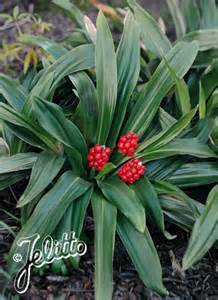
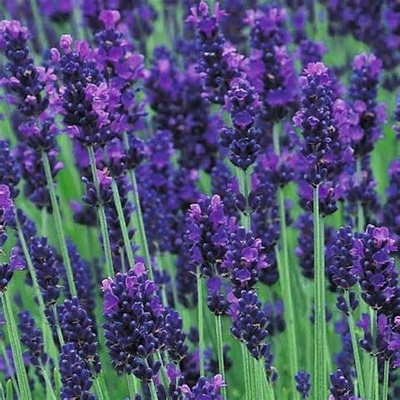
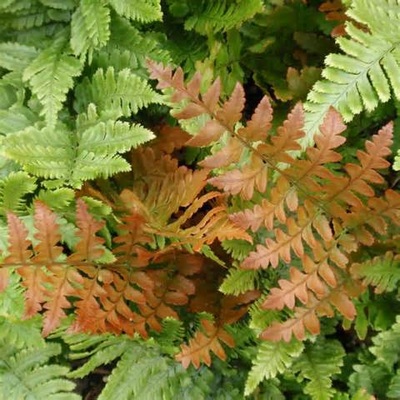
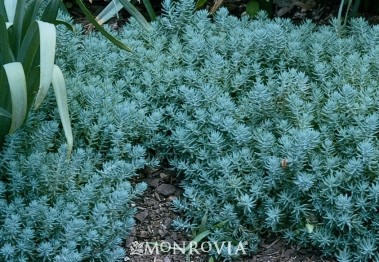
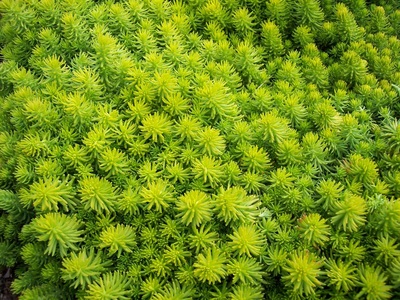
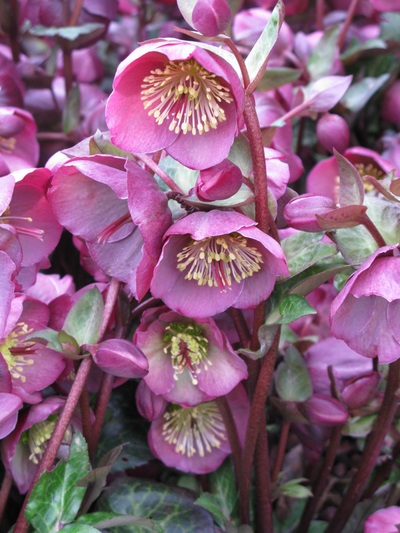
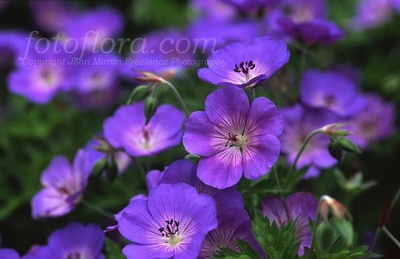
 RSS Feed
RSS Feed
